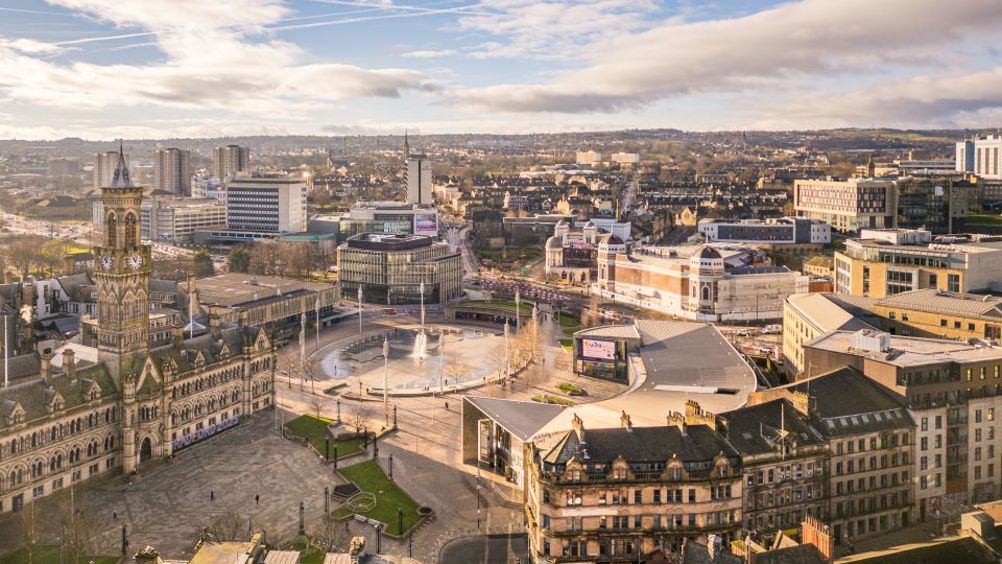Heat network to set bar for decarbonising heat
West Yorkshire is set to provide the blueprint for decarbonising urban heat following a £75m investment into 1Energy’s Bradford Energy Network.

The Leeds-registered heat network developer is creating the system with support from anchor customers Bradford University, Bradford College, and Bradford Courts. The latest investment includes £20m of investment from the government’s Green Heat Network Fund.
A heat network supplies heat from a central source (or several sources) to buildings via underground, water-filled pipes, which removes the need for gas boilers in buildings. According to 1Energy, heat networks can use a wide-range of heat sources, and can change sources over time.
Pivotal to the Bradford development is an 8MW air source heat pump manufactured by Fenagy and supplied by Pure Renewables, who have also led on the system design.
Marissa Granath, Project Director for the Bradford Energy Network said the footprint of the heat pump installation, including pumps and compressors, will be around 400m2.
Over the next two years, 1Energy will build and commission the energy centre, which will contain the heat generation plant required to meet the company’s customers' heating demands
Register now to continue reading
Thanks for visiting The Engineer. You’ve now reached your monthly limit of news stories. Register for free to unlock unlimited access to all of our news coverage, as well as premium content including opinion, in-depth features and special reports.
Benefits of registering
-
In-depth insights and coverage of key emerging trends
-
Unrestricted access to special reports throughout the year
-
Daily technology news delivered straight to your inbox










Water Sector Talent Exodus Could Cripple The Sector
My local water company is Severn Trent which has a market capitalisation of £8.2 billion, made a pre-tax profit of £200 million in 2024 and is paying...